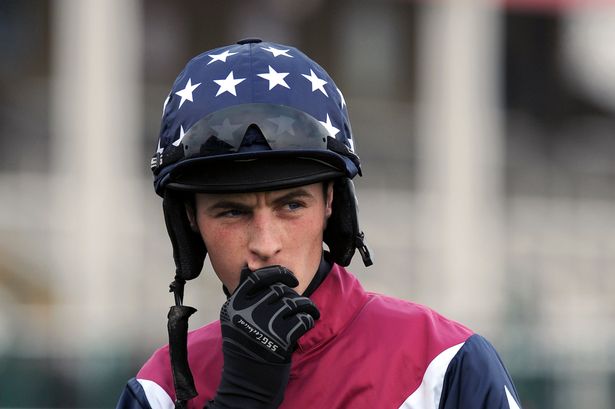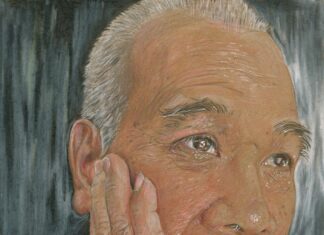
A LIMERICK jump jockey who had part of his skull removed after a near fatal fall at Perth Racecourse in Scotland three years ago this week paid tribute to the occupational therapists who saved his career and enabled him make a miracle comeback to racing.
Brian Toomey was in an induced coma for two weeks in the high dependency unit of Ninewells Hospital in Dundee when he fell from Solway Dandy in July 2013.
The Manister man was given a three per cent chance of survival and his injuries were so severe he had a large section of his skull removed to reduce swelling on his brain.
Brian spent 157 nights in hospital before beginning a miraculous journey on the road to recovery.
Last Thursday he visited Yorkshire to pay tribute to the occupational therapists that enabled him to battle severe memory loss throughout his recovery as well as overcoming the daily difficulties caused by complex head injuries.
He was reunited with his occupational therapists a year after his return to competitive racing in July 2015.
The 27-year-old County Limerick jockey told his story at the College of Occupational Therapists’ 40th Annual Conference in Harrogate to honour the local occupational therapists that enabled one of greatest sporting comebacks in history.
“Being a jockey was all I wanted to do and the occupational therapists helped me reignite that passion and save my career. I hadn’t a clue what occupational therapists did before the accident but they really helped me, there were core to my recovery,” Brian explained.
Occupational therapists Susannah Giles and Rachel Charles from Neural Pathways were instrumental to Toomey’s rehabilitation laying a clear path for his recovery and focusing on the skills he needed to get back to his job.
“Our main aim with Brian was to prevent him from losing his motivation to achieve his goals. And he didn’t. We wanted to engage him in activities that prevented him from losing that drive to get back into work,” occupational therapist Susannah Giles recalls.
by Alan Jacques







